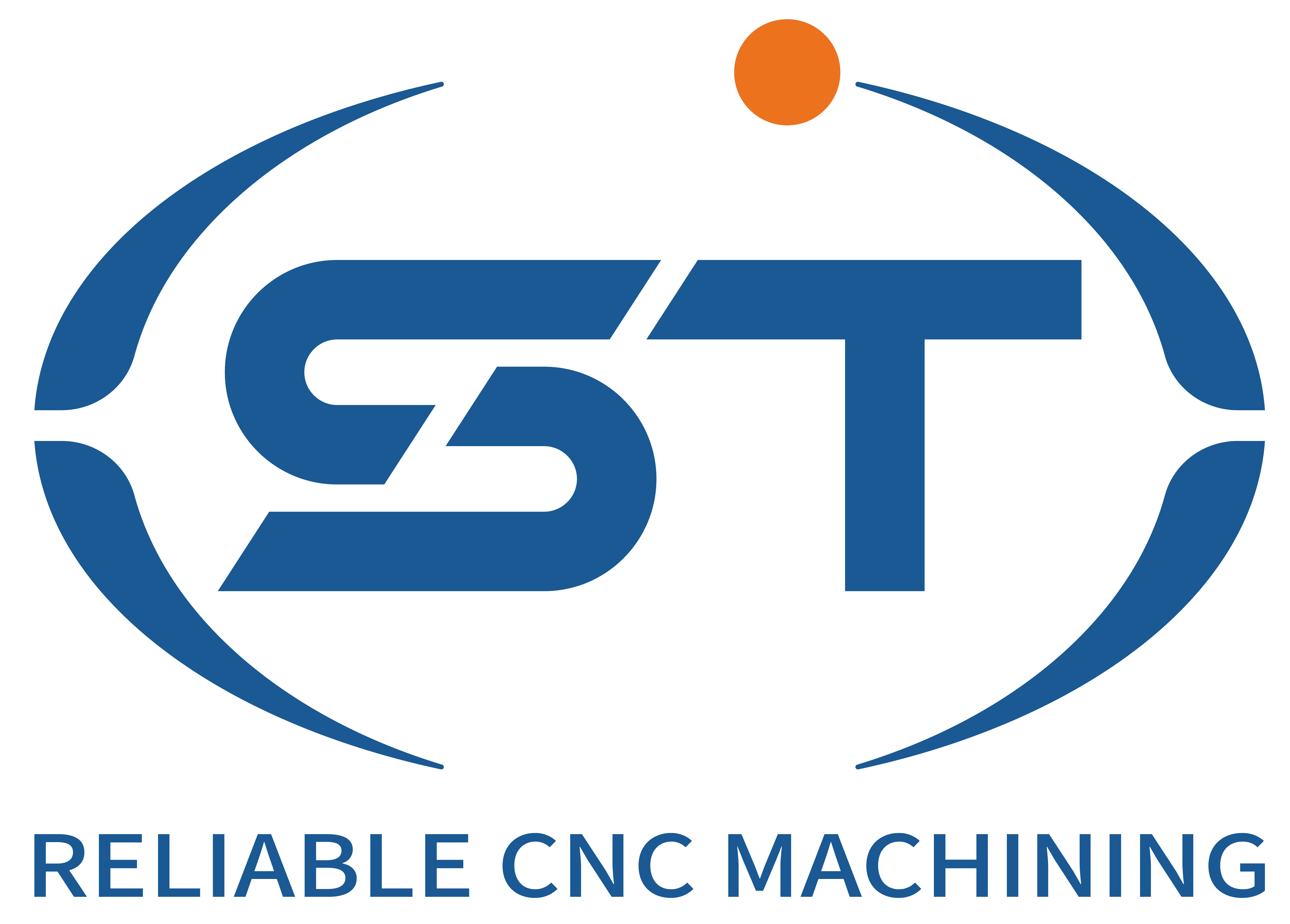Vormnauwkeurigheidscontrole in de voorbereidingsfase vóór de bewerking
Part design and process planning
Design rationality: When designing parts, the feasibility of numerical control processing should be fully considered to avoid overly complex or difficult-to-machine shapes. For instance, when designing the cooling water channels for the cylinder block of an automotive engine, efforts should be made to ensure that the shapes of the water channels are regular and smooth, avoiding sharp turns or narrow passages. This not only facilitates the path planning of CNC-bewerking tools but also reduces vibration and deformation during the processing, thereby enhancing shape accuracy.
Process route planning: Formulating a reasonable process route is the key to ensuring shape accuracy. The appropriate processing sequence and method should be determined based on the shape, material and processing requirements of the parts. For instance, when it comes to the processing of gears in automotive gearboxes, rough machining is usually carried out first to remove most of the allowance, followed by semi-finishing and finishing, gradually improving the shape accuracy. Meanwhile, the heat treatment process should be reasonably arranged to avoid affecting the shape accuracy due to heat treatment deformation.
Selection of machine tools and fixtures
Machine tool accuracy matching: Select a CNC machine tool whose accuracy meets the requirements. The positioning accuracy, repeat positioning accuracy and geometric accuracy of the machine tool directly affect the shape accuracy of the parts. For instance, when processing high-precision automotive crankshafts, it is necessary to select CNC machine tools with high-precision spindles and linear guides to ensure the shape accuracy indicators such as the roundness and cylindricity of the crankshaft journal.
Fixture design optimization: The design of the fixture should ensure that the parts can be stably and accurately positioned during the processing. The positioning elements of the fixture should have sufficient precision and rigidity, and the clamping force should be evenly distributed to prevent the parts from deforming during the processing. For instance, when processing the body panels of a car, vacuum suction cups or multi-point clamping methods can be adopted to ensure that the panels remain flat during the processing and improve the shape accuracy.
Tool selection and installation
Tool type and parameters: Select the appropriate tool type and parameters based on the material and shape of the part. The material, diameter and number of cutting edges of the cutting tool will all affect the processing effect. For instance, when processing aluminum alloy automotive parts, hard alloy tools can be selected. They have good cutting performance and can ensure the surface quality and shape accuracy of the parts. At the same time, the geometric parameters of the cutting tool, such as the rake Angle, relief Angle, and main deflection Angle, should be reasonably selected according to the processing requirements.
Tool installation accuracy: The installation accuracy of tools also has a significant impact on shape accuracy. When installing the cutting tool, it is necessary to ensure that the axis of the tool coincides with the axis of the machine tool spindle, and the extension length of the tool should be appropriate to avoid processing errors caused by improper installation of the tool. For instance, when installing a milling cutter, a tool setter should be used for precise tool setting to ensure the installation accuracy of the tool.
Shape accuracy control during the processing
Cutting parameter optimization
Cutting speed and feed rate: Reasonable selection of cutting speed and feed rate is an important factor in ensuring shape accuracy. Excessive cutting speed will lead to accelerated tool wear, generate vibration and affect shape accuracy. If the cutting speed is too low, the processing efficiency will be reduced, and at the same time, the parts may deform due to excessive cutting force. Excessive feed rate can also cause vibration and deterioration of surface roughness, while too little feed rate will affect processing efficiency. For instance, when processing automotive wheels, the optimal cutting speed and feed rate should be determined through experiments based on the material of the wheel and the processing requirements.
Depth of cut control: The size of the depth of cut directly affects the cutting force and the deformation of the part during the processing. During rough machining, the depth of cut can be appropriately increased to enhance processing efficiency. However, during finish machining, the depth of cut should be reduced to ensure the shape accuracy of the parts. For instance, when machining the inner hole of an automotive engine block, a larger cutting depth can be adopted during rough machining to remove most of the allowance, while during finish machining, the cutting depth should be reduced to gradually increase the roundness and cylindricity of the inner hole.
Processing process monitoring
Vibration monitoring: Vibration during the processing can affect the shape accuracy of parts. The vibration condition of the machine tool can be monitored in real time by installing vibration sensors. When the vibration exceeds a certain range, the cutting parameters should be adjusted promptly or other measures should be taken, such as reducing the cutting depth or lowering the feed rate, to minimize the impact of vibration on shape accuracy. For instance, when processing automotive drive shafts, it is necessary to closely monitor the vibration conditions to prevent the drive shafts from bending and deforming due to vibration.
Dimensional online inspection: By leveraging the online inspection function of machine tools, real-time inspection of the key dimensions of parts is carried out. When dimensional deviations are detected, the processing parameters should be adjusted in a timely manner or compensatory processing should be carried out to ensure that the shape accuracy of the parts meets the requirements. For instance, when processing the cavity of automotive molds, the size and shape of the cavity can be monitored in real time through an online detection system, and the tool path and cutting parameters can be adjusted promptly to ensure the processing accuracy of the mold.
Cooling and Lubrication
Selection of cooling method: An appropriate cooling method can lower the cutting temperature, reduce tool wear and part deformation. For different processing materials and techniques, appropriate cooling methods should be selected, such as casting cooling, spray cooling, etc. For instance, when processing high-strength steel automotive parts, spray cooling can be adopted, which can not only effectively reduce the cutting temperature but also minimize the contamination of the part surface by the coolant.
Lubrication effect guarantee: Good lubrication can reduce cutting force and friction, improve the quality of the machined surface and shape accuracy. It is necessary to ensure that the lubricant can fully lubricate the contact surface between the tool and the workpiece to avoid dry friction. For instance, when processing aluminum alloy automotive parts, special aluminum alloy cutting fluid can be used to ensure the lubrication effect.
Shape accuracy control in the post-processing stage
Stress relief treatment
Heat treatment stress relief: After processing, parts may have residual stress, which can cause deformation of the parts and affect shape accuracy. Residual stress can be removed through heat treatment methods, such as annealing and aging treatment. For instance, after processing the castings of car chassis, annealing treatment can be carried out to eliminate the residual stress inside the castings and prevent the parts from deforming during use.
Vibration aging treatment: Vibration aging is a method that releases and redistributes the residual stress inside parts through vibration. Compared with heat treatment, vibration aging has the advantages of high efficiency and low cost. For instance, for some large automotive structural components, vibration stress relief treatment can be adopted to enhance their shape stability.
Shape accuracy detection and correction
Selection of inspection methods: Appropriate inspection methods should be adopted to inspect the shape accuracy of the processed parts, such as three-coordinate measuring machines, roundness testers, profilometers, etc. Different detection methods have different accuracies and applicable scopes. The appropriate detection method should be selected based on the shape and precision requirements of the parts. For instance, for the piston of a car engine, a roundness gauge can be used to measure its roundness and cylindricity, and a three-coordinate measuring machine can be employed to inspect its dimensional and positional accuracy.
Error analysis and correction: Based on the test results, analyze the causes of the shape errors of the parts and take corresponding correction measures. If the error is caused by tool wear or machine tool error during the processing, it can be corrected by adjusting the tool compensation or machine tool parameters. If the error is caused by the deformation of the part itself, it can be corrected through reprocessing or calibration methods. For instance, when the tooth profile error of a car gear is detected to be out of tolerance, it can be analyzed whether it is caused by tool wear or transmission error of the machine tool, and then targeted adjustments and corrections can be made.




